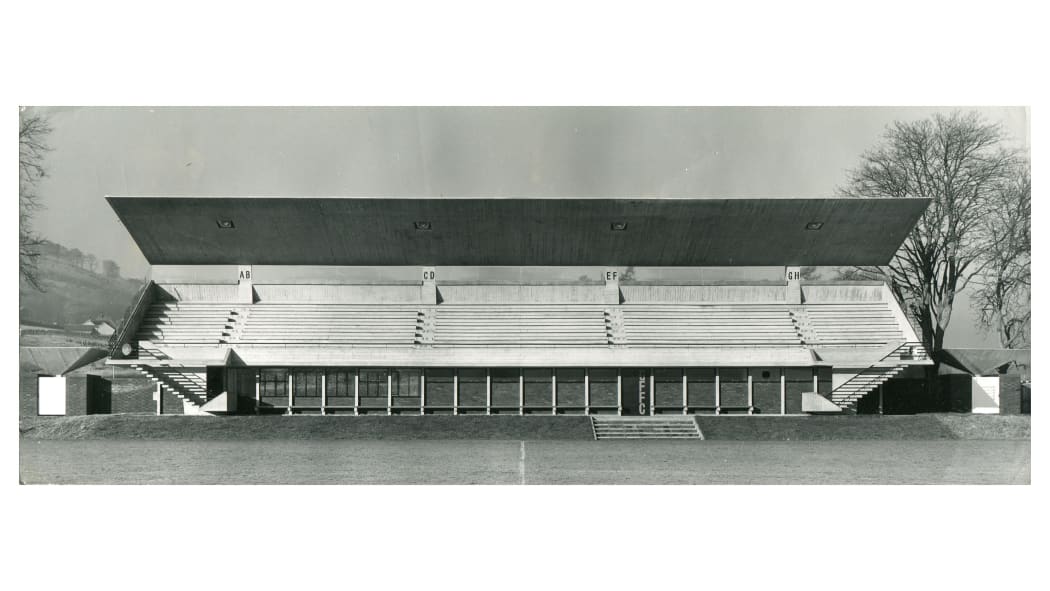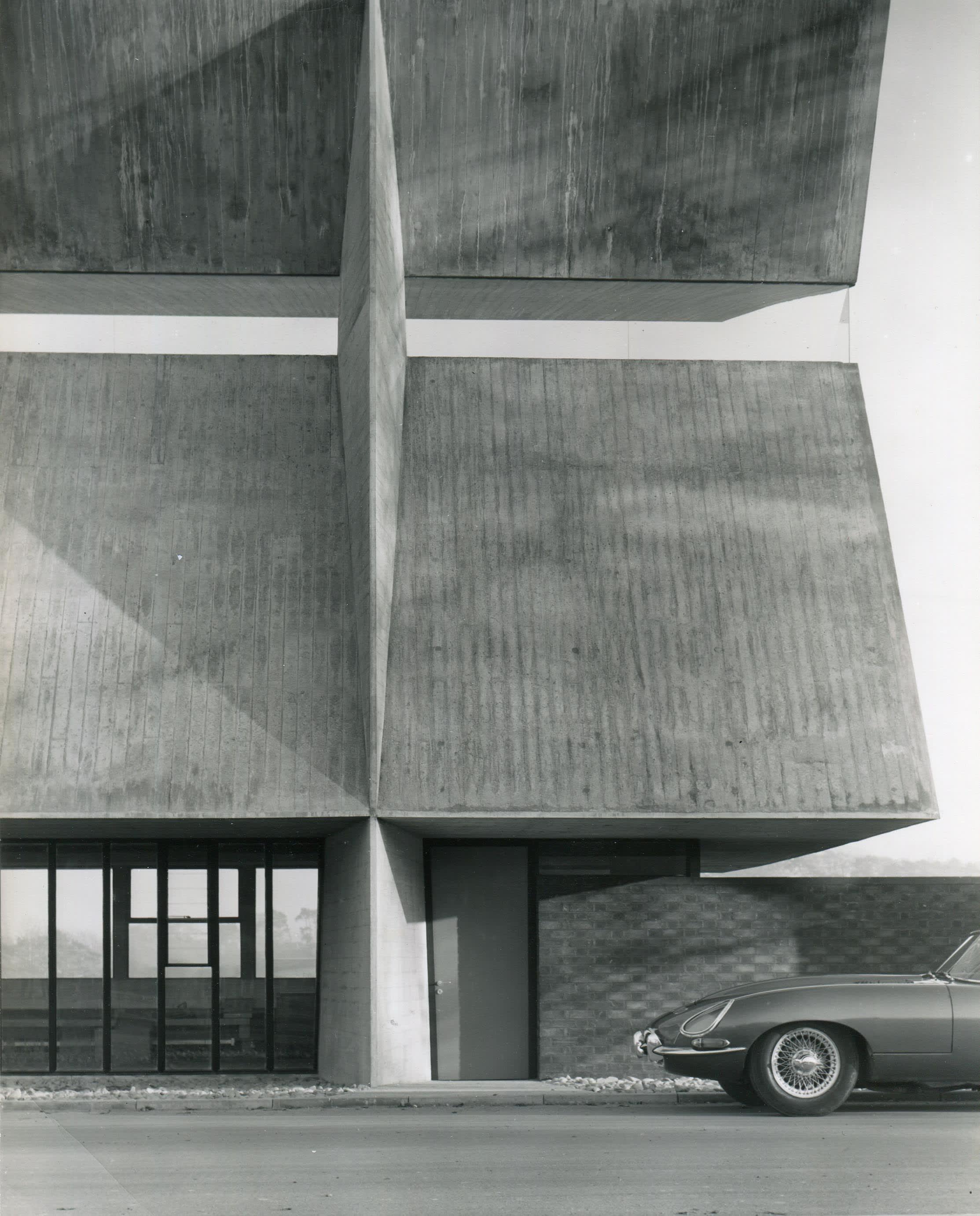
It was 99 years ago on 24 June that the architect Peter Womersley ARSA (1923-93) was born.
For long forgotten, the approach of his centenary next year has encouraged a flurry of Academic research into his architectural practise. This has included detailed study of the Womersely Archive in the RSA Collections. He was an early exponent of brutalism, with its reliance on masses of poured concrete and hard angular elevations.
During his career, Womersley worked across a broad range of commissions both in the UK and overseas. Indeed, following a decline in business in the 1970s he resettled in Hong Kong and spent the remainder of his career operating from there.

A native of Nottinghamshire, Womersely settled near Melrose in the Scottish Borders where the family house and studio which he designed for himself at Gattonside became a mecca for those who shared his love for modernism. With an open plan interior arranged over a single floor, the house featured several non-traditional elements including large expanses of floor to ceiling glazing and flat roofs.
In addition to numerous private houses, his work included the council buildings for Roxburgh District Council, the Transplant Unit at Edinburgh’s Great Western Hospital, hospital incinerator plants, and even the category A-listed stadium for Gala Fairydean Rovers football club.
Although taken for granted today, the concept of hanging brightly coloured banners between the columns of the porticoes at the RSA on The Mound was Womersley’s response to a challenge set him by RSA Council on the 1970s as to how best to inject colour to the listed building.

